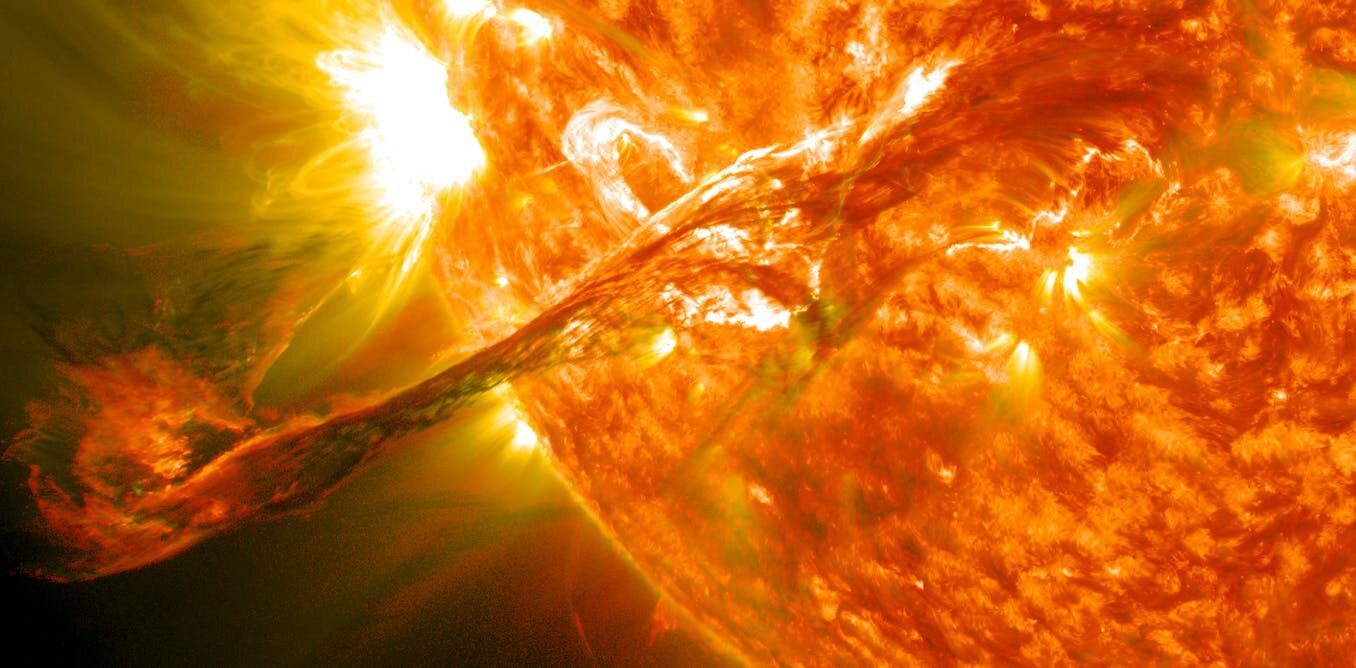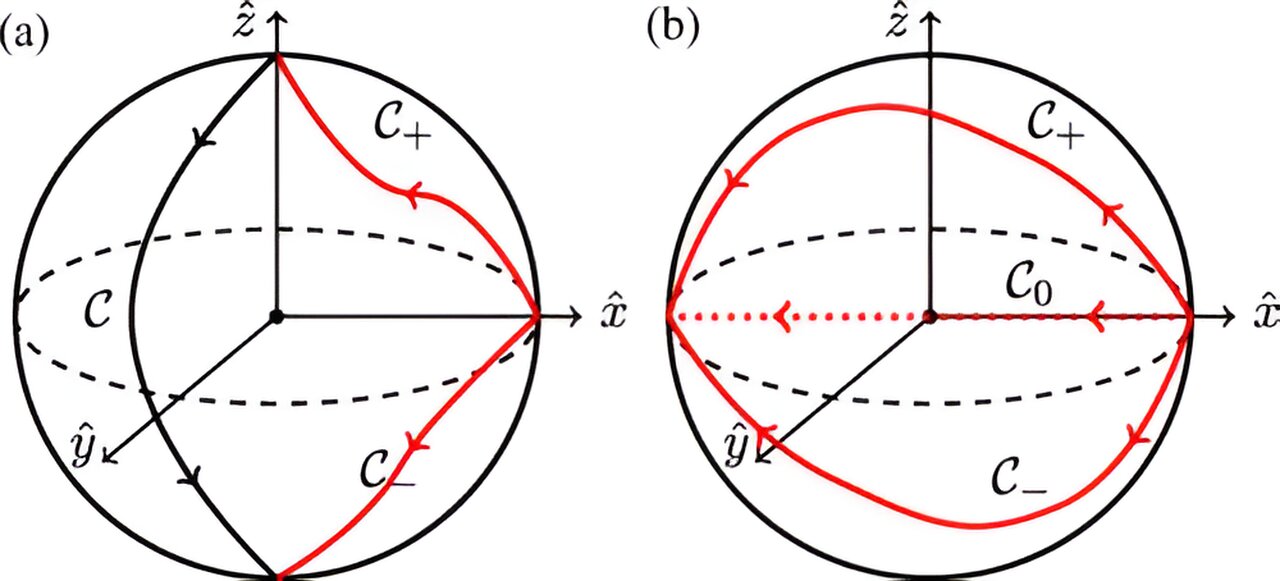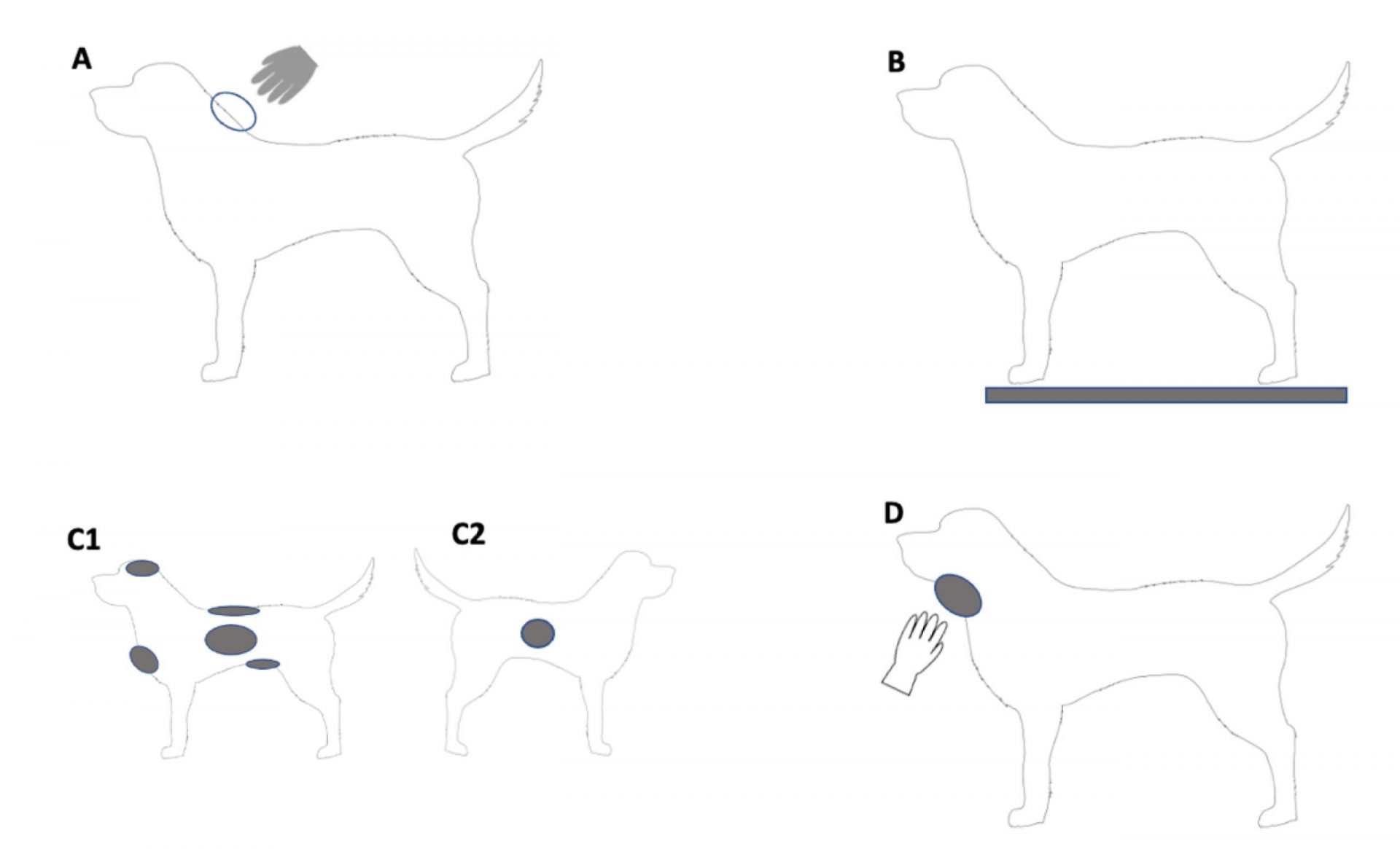Have you ever witnessed the mesmerizing beauty of the aurora?
Otherwise known as the northern or southern lights, an aurora is a breathtaking phenomenon caused by the interaction of upper atmospheric particles with energized ones from the magnetosphere.
For those living at high latitudes, the aurora is a frequent and otherworldly experience. In Cree and Ojibwe teachings, the northern lights are seen as ancestral spirits communicating from the sky.
To scientists, the aurora represents the intricate dynamics of the ionosphere and Earth’s connection to the sun. For the industry, it poses a risk factor.
The Starlink destruction event
In February 2022, SpaceX launched 49 Starlink internet satellites into a low-Earth orbit (LEO). This was their 36th successful launch, and they expected it to go smoothly, just like the previous 35.
However, on that fateful day, a coronal mass ejection from the sun caused a geomagnetic storm in the atmosphere within the altitude range of the Starlink satellites.
This event injected a massive amount of electromagnetic energy into Earth’s upper atmosphere, resulting in stunning auroral displays. Unfortunately, the increased air density caused by the energy proved problematic for the Starlink satellites.
Unlike other LEO satellites that operate at higher altitudes with lower air density, Starlink was initially launched at a closer distance to Earth, where the air density is exponentially higher. As a result, 38 out of the 49 initial launch satellites were lost due to atmospheric drag, pulling them back towards Earth.
Surprising solar cycle
The sun undergoes an 11-year cycle of increasing and decreasing activity. During the peak of a cycle, we observe more sunspots, increased radiation, and more solar flares. Geomagnetic storms, like the one responsible for the Starlink destruction event, are relatively common during the peak of the solar cycle.
In the previous cycle, which ended in 2019, there were 927 moderate or weak storms recorded, averaging about one every five days.
We are currently in solar cycle 25, and it has already proven to be surprising. The maximum activity of this cycle was predicted to occur in 2025, but solar activity has already exceeded expectations. This means more geomagnetic storms, more auroral displays (even at lower latitudes), and potentially more hazardous conditions for LEO satellites.
Space weather: The unseen force of nature
If geomagnetic storms are relatively common, why don’t they cause more issues? The truth is, they do, but the consequences are not always as apparent as satellites burning up in the atmosphere.
When space weather energy enters Earth’s upper atmosphere, it not only increases air density but also alters the ionospheric composition. High-frequency radio communication, like shortwave broadcasts, relies on a stable ionosphere for long-distance transmission.
Geomagnetic storms that affect the ionospheric composition can lead to radio blackouts, disrupting military and maritime systems, aviation communication, and ham radio. Even minor storms can degrade radio signals.
Extreme storms can cause prolonged radio blackouts and even power outages, as experienced by Hydro-Québec during a nine-hour electricity outage in 1989.
Space weather warning systems
Fortunately, we have systems in place to detect solar flares and predict their impact on Earth. This provides forewarning for certain types of storms and opportunities to witness the aurora.
However, predicting the effects of many storms is challenging due to the complex interaction between Earth’s magnetic field and the solar wind. Real-time data analysis, known as nowcasting, is one of our best tools for understanding space weather conditions as they occur.
As for the loss of Starlink satellites during a minor geomagnetic storm in February 2022, it was simply a matter of unfortunate timing. Nevertheless, it serves as a remarkable reminder of the immense power of the universe we inhabit.








